Introduction:
In today’s rapidly evolving digital landscape, ensuring the security of your applications and APIs is of paramount importance. Azure provides a robust set of tools and services to enhance the security posture of your cloud-based applications. This article explores the integration of Azure Functions, Azure API Management (APIM), and Managed Identity to establish a secure access mechanism for your serverless functions.
Azure Functions are versatile, serverless compute services that allow you to run event-triggered code without the need to explicitly provision or manage infrastructure. However, securing access to these functions is a critical consideration, and Azure API Management offers a comprehensive solution to manage, scale, and secure APIs.
Managed Identity, another powerful Azure feature, provides an Azure AD identity to services running on Azure without the need to store credentials in code. By combining Azure API Management and Managed Identity, you can create a secure and streamlined authentication flow for your Azure Functions.
Securing Access with Azure API Management and Managed Identity:
1. Setting up Managed Identity for Azure Function:
Let’s start by creating our azure function from the azure portal and than by enabling Managed Identity for your Azure Function. This process involves configuring your function app to have an associated identity within Azure AD. This identity will be used to authenticate and authorize requests from Azure API Management.

2. Configuring Azure API Management:
Integrate your Azure Function with Azure API Management,by creating an API that serves as the gateway for external requests. Configure the API to validate incoming requests using the Managed Identity of the associated Azure Function an also enable manage identity on Azure API Management .
First let’s enable system assigned identity for the APIM
 After importing the backend and testing now the call to the api is successful
After importing the backend and testing now the call to the api is successful

3. Enable Authentication in Azure Functions
While function keys can provide some mitigation for unwanted access, the only way to truly secure your function endpoints is by implementing positive authentication of clients accessing your functions. You can then make authorization decisions based on identity.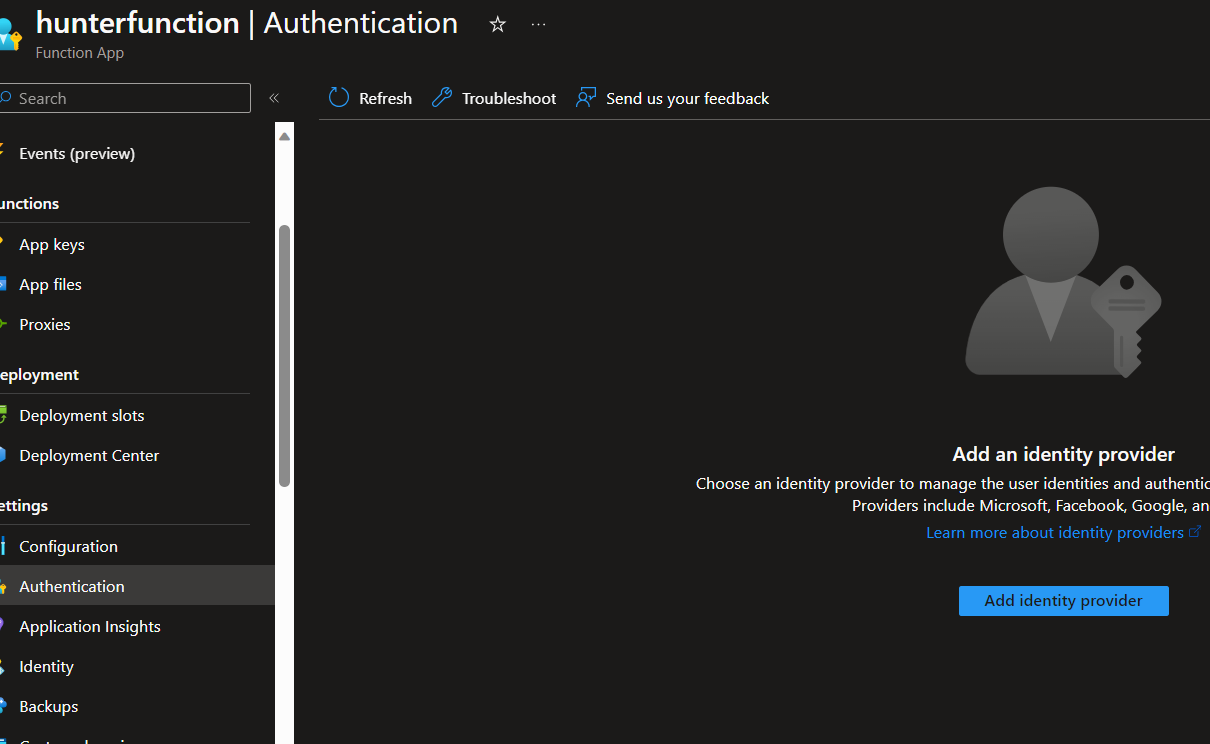
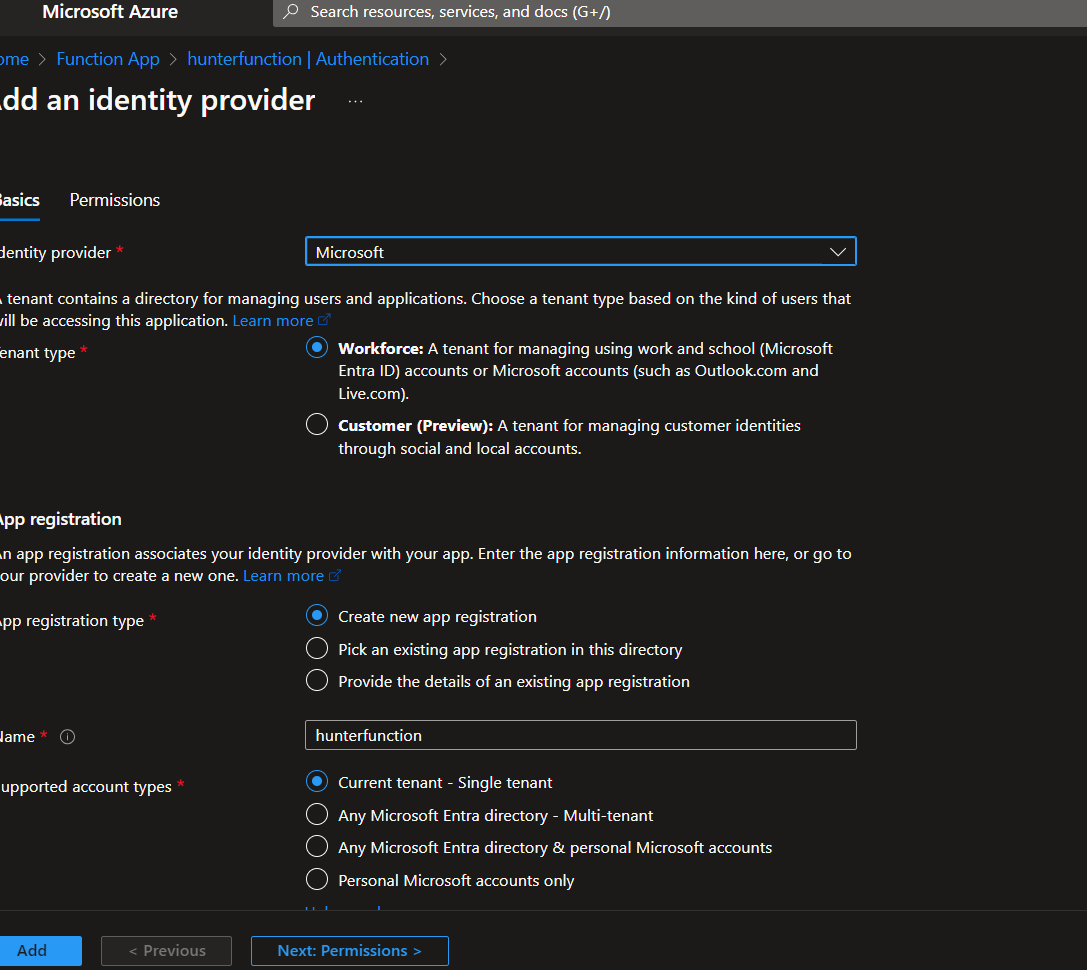
 now if we try to access our azure function we will be asked to login to an account (depends how you configured tenant access,multi account .. )
now if we try to access our azure function we will be asked to login to an account (depends how you configured tenant access,multi account .. )
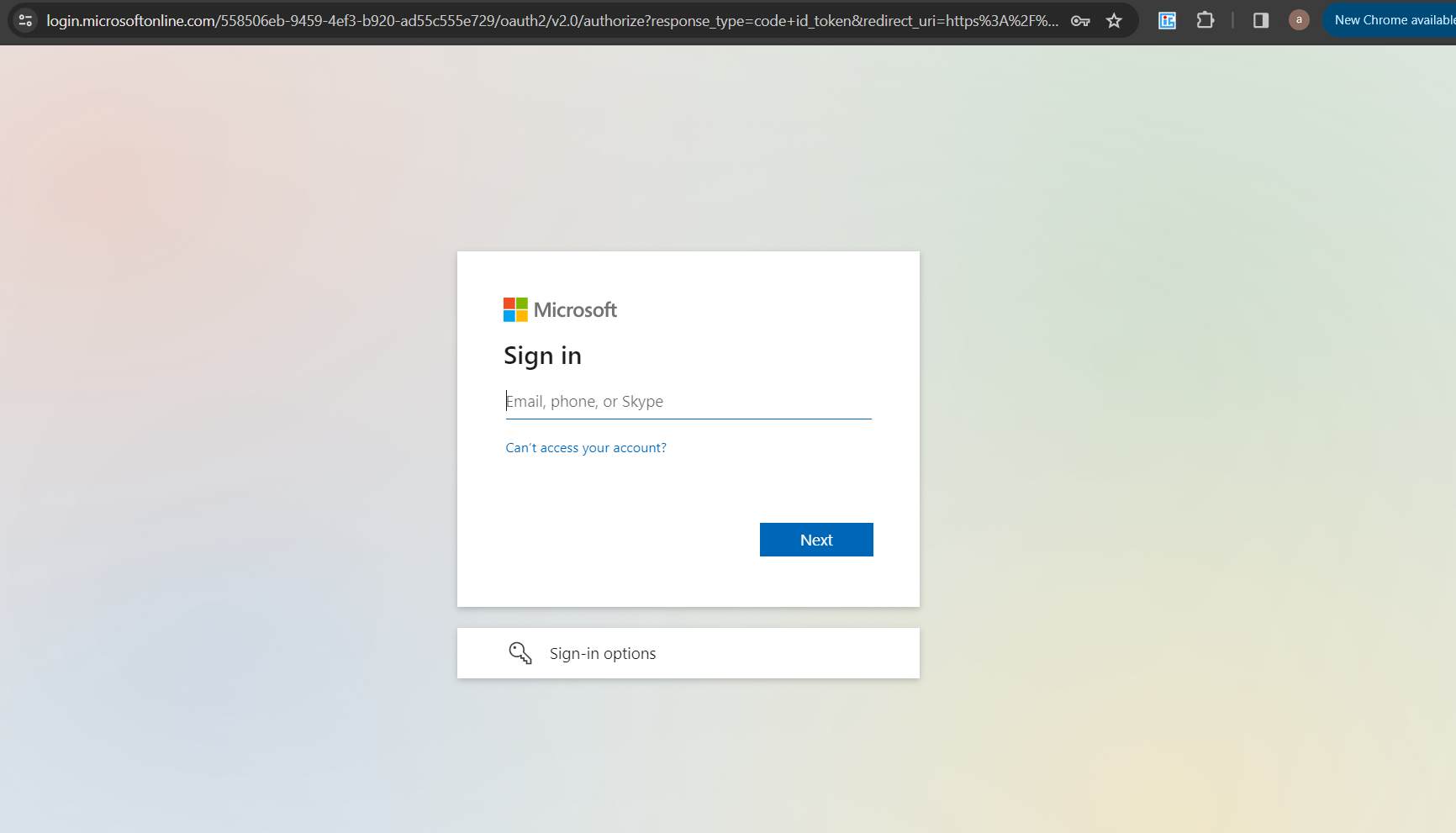
4. Accessing Azure Functions through Azure API Management:
With the setup complete, requests to your Azure Functions are now routed through Azure API Management, which validates the Managed Identity associated with the Azure Function before allowing access. This adds an additional layer of security to your server-less architecture.
All we need now is to add policy in order to access the azure function via that managed identity .
let’s test before adding the policy :
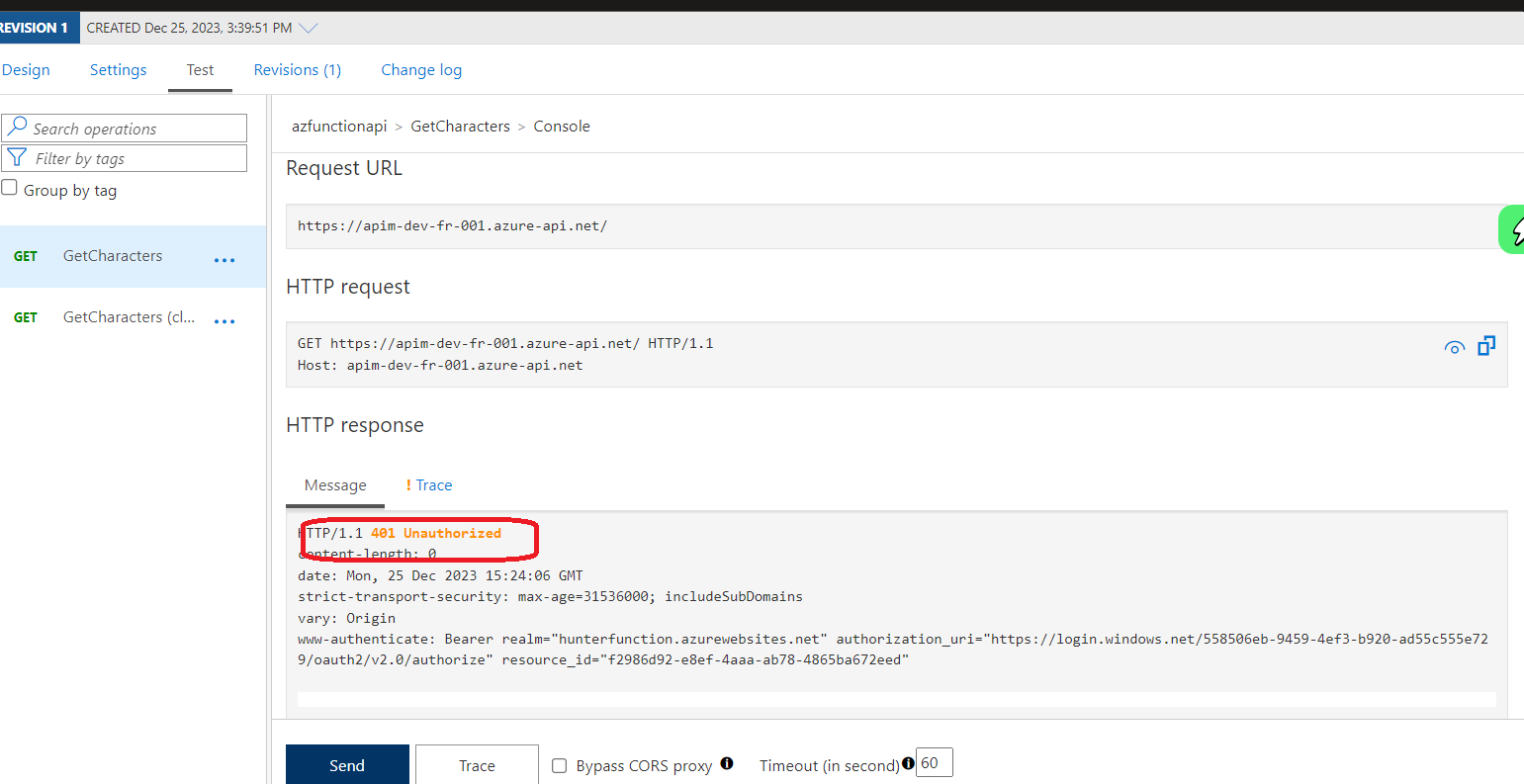 as you can see we have now code 401 unauthorized ,let’s add the policy now :
as you can see we have now code 401 unauthorized ,let’s add the policy now :
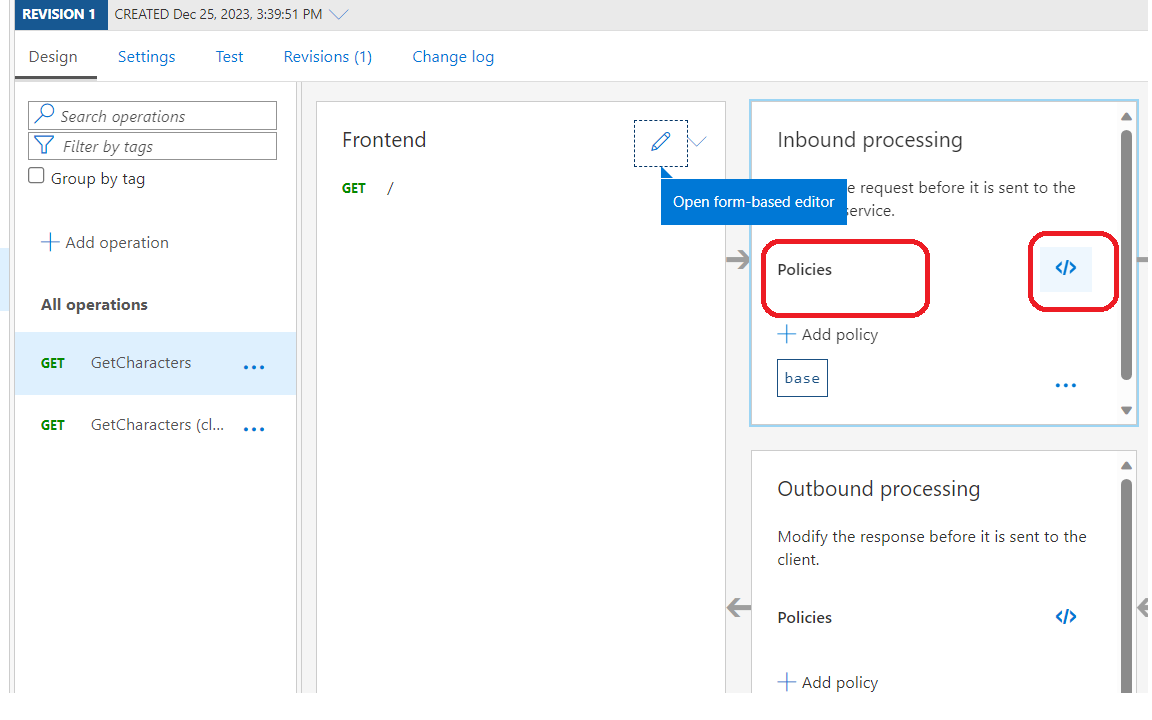 the policy :
the policy :
<authentication-managed-identity resource="f2986d92-e8ef-4aaa-ab78-4865ba672eed" />
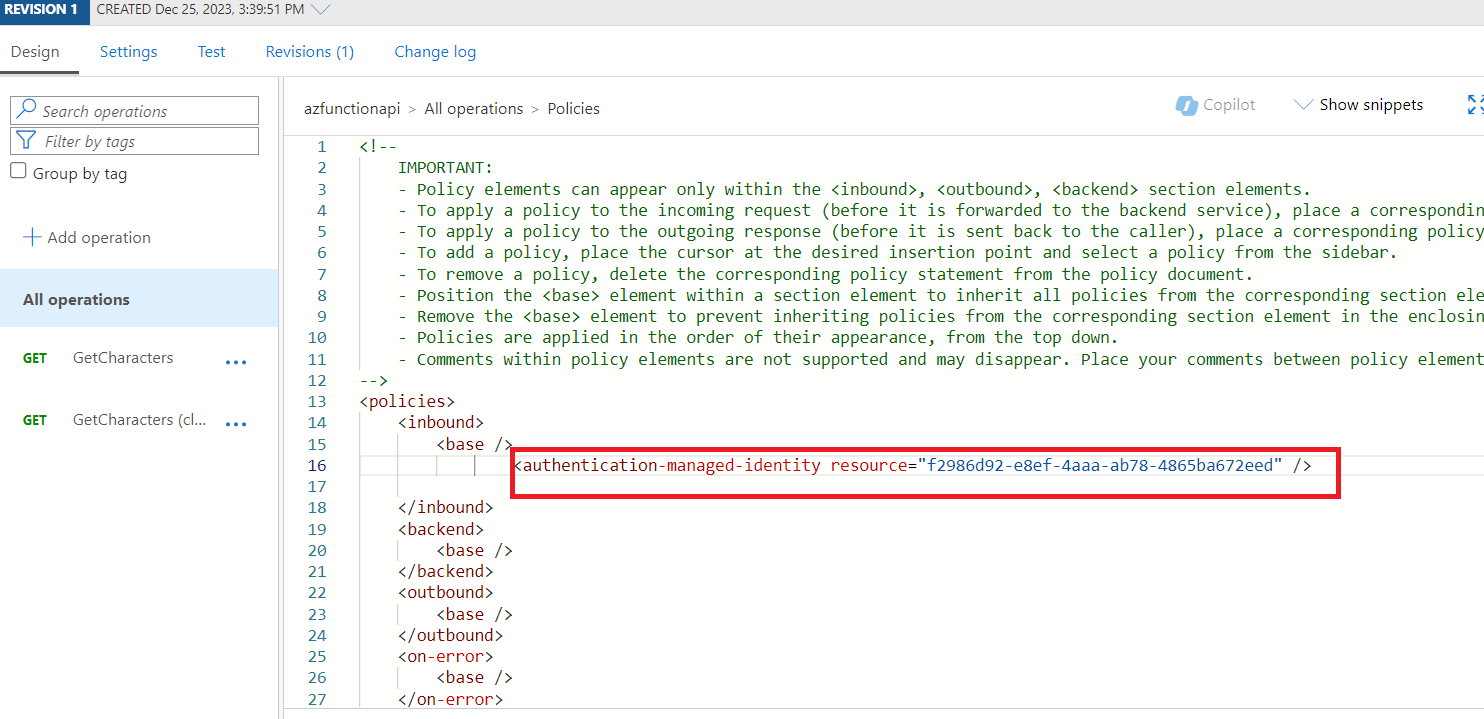 and now we are authenticated and we can access to az function
and now we are authenticated and we can access to az function 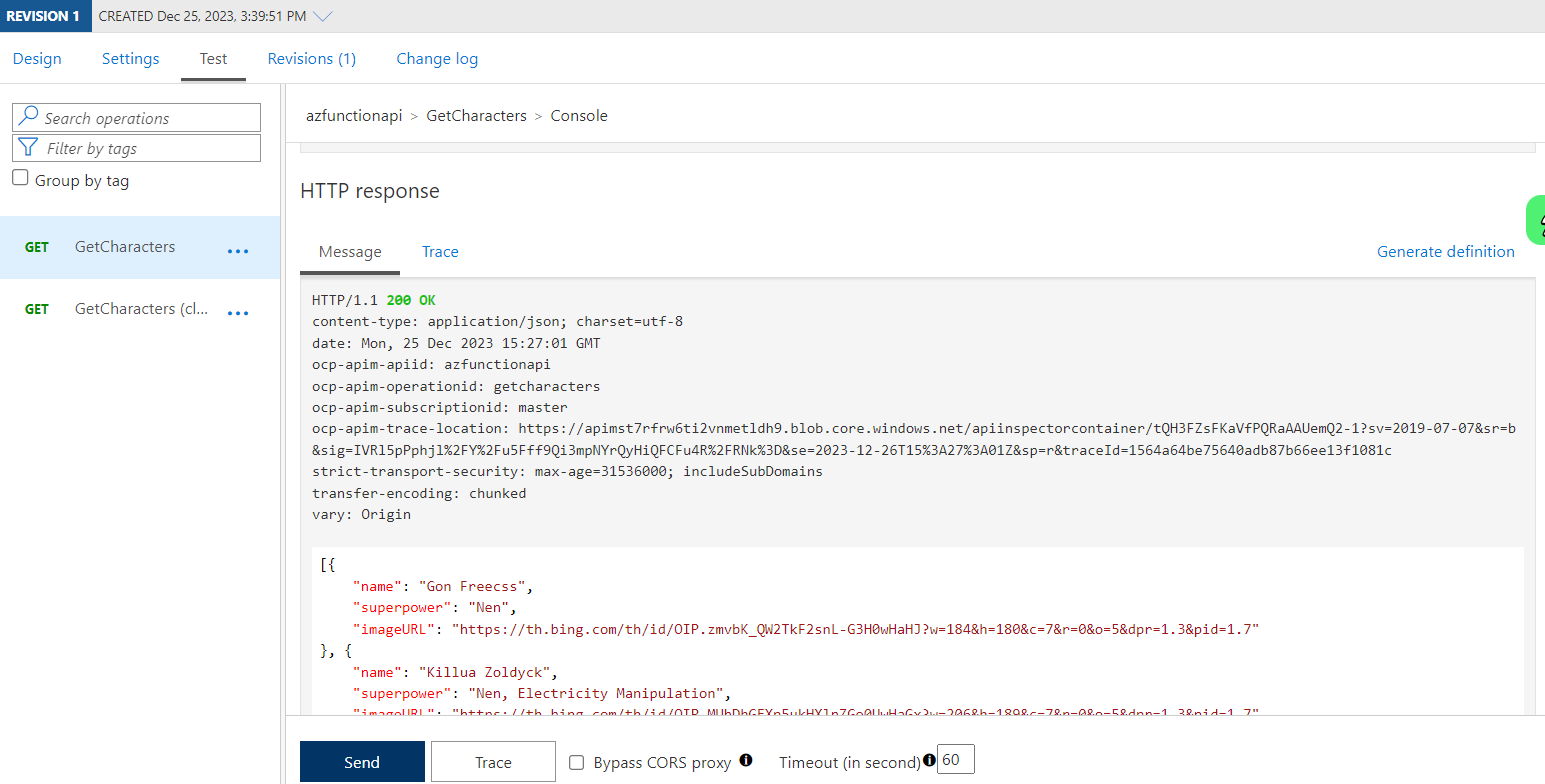
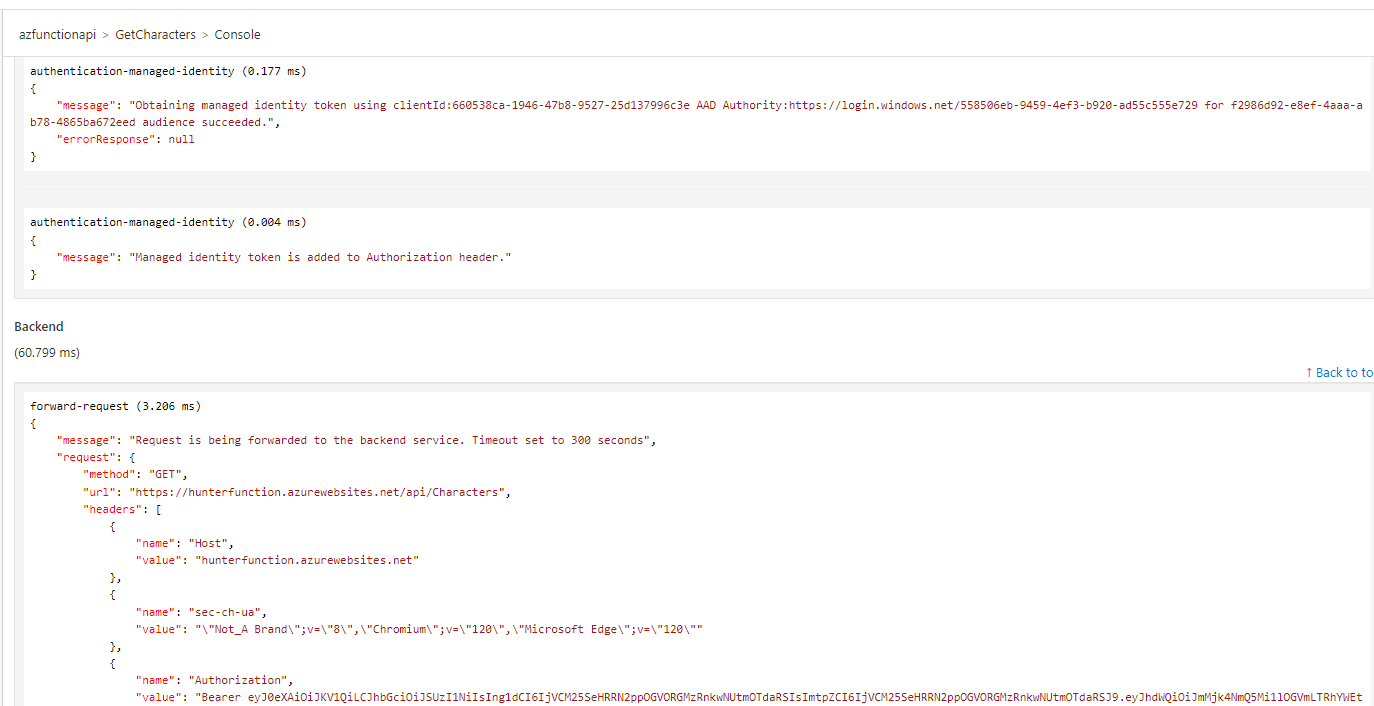
PS :
While whitelisting IP addresses is a common practice for securing access, in this scenario, the focus is on leveraging Managed Identity for authentication. This approach eliminates the need to manage and update IP address lists manually, providing a more dynamic and secure solution.
Conclusion:
By combining the capabilities of Azure API Management and Managed Identity, you can implement a robust and secure access control mechanism for your Azure Functions. This approach not only simplifies authentication but also enhances the overall security posture of your serverless applications. Moving beyond traditional IP whitelisting, the integration of Managed Identity ensures a more dynamic and scalable solution for securing access to your Azure Functions in the ever-evolving cloud environment.

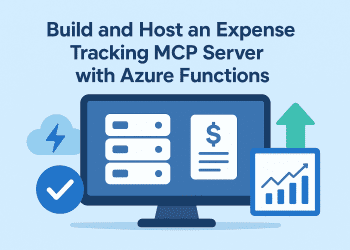


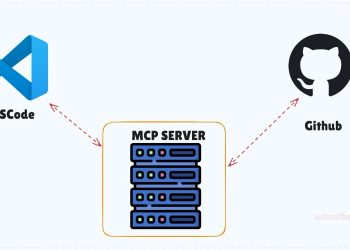


















Comments 1